In the current era, as global environmental awareness continues to rise and the concept of sustainable development gains deeper popularity, the medical injection molding industry is facing unprecedented pressure for green transformation. Injection molding technology holds a central position in the manufacturing of medical devices, ranging from simple syringes to complex surgical instruments. Therefore, promoting the green transformation of the medical injection molding industry is of crucial significance for reducing the environmental footprint in the medical field and ensuring the sustainable development of both human health and the planet. This article will delve into the green transformation strategies and innovative practices adopted by the medical injection molding industry in terms of materials, processes, management, and policies.
Material Innovation: Opening a New Era of Green Medical Injection Molding
-
Widespread Application of Degradable Materials
Traditional medical injection molding materials are often difficult to degrade, imposing a heavy burden on the environment. Nowadays, degradable materials such as polylactic acid (PLA) are gradually emerging. Made from renewable resources like corn starch, PLA can decompose relatively quickly in the natural environment, significantly reducing the long - term impact of medical waste on the environment. For example, some disposable medical supplies, such as surgical sutures and packaging for injection syringes, have begun to adopt degradable materials, effectively reducing the generation of medical waste.
-
Research and Development of High - Performance Environmentally Friendly Composite Materials
To meet the dual requirements of material performance and environmental protection for medical devices, researchers are committed to developing high - performance environmentally friendly composite materials. These materials not only possess excellent mechanical properties and biocompatibility but also reduce the negative impact on the environment while ensuring product quality. For instance, some new composite materials combine natural fibers and degradable polymers, which not only improve the strength and toughness of the materials but also reduce their carbon footprint, providing more green material options for the medical injection molding industry.
Process Upgrading: Improving Energy Efficiency and Reducing Pollution
-
Energy - Saving Retrofitting of Injection Molding Equipment
Medical injection molding equipment is a major energy consumer, and its energy - saving retrofitting is a key link in achieving green transformation. By adopting advanced servo drive systems, energy recovery devices, and other technologies, the energy consumption of injection molding machines can be significantly reduced. For example, some new injection molding machines are equipped with intelligent energy management systems that can automatically adjust power according to production needs, achieving efficient energy utilization. It is estimated that injection molding machines after energy - saving retrofitting can reduce energy consumption by 20% - 30%, effectively reducing carbon emissions.
-
Optimization of Precision Injection Molding Processes
Precision injection molding processes can improve product quality and consistency while reducing material waste. By optimizing mold design and precisely controlling injection parameters, more precise and lighter medical device components can be produced, reducing the use of raw materials. In addition, the adoption of advanced injection molding technologies, such as micro - foaming injection molding, can further reduce product weight while ensuring product performance, thereby reducing material consumption and energy consumption.
-
Improvement of Waste Gas and Wastewater Treatment Technologies
The medical injection molding process generates a certain amount of waste gas and wastewater. If not properly treated, it can cause serious pollution to the environment. Therefore, improving waste gas and wastewater treatment technologies is of utmost importance. Currently, some enterprises have adopted advanced waste gas purification equipment and wastewater treatment systems, which can effectively remove harmful substances from waste gas and pollutants from wastewater, achieving compliant discharge. At the same time, by recycling water resources and heat energy from wastewater, resource utilization efficiency is further improved, and production costs are reduced.
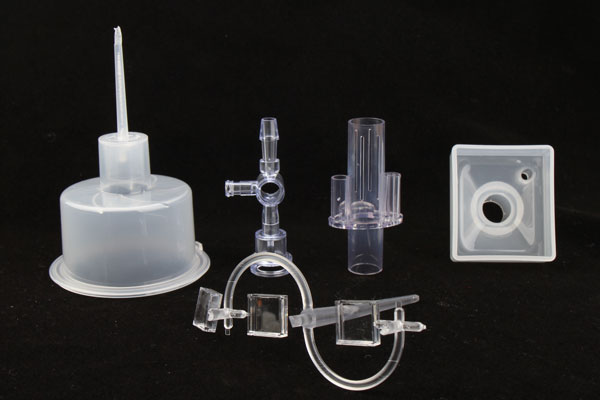
Management Synergy: Building a Green Transformation Support System
-
Establishing and Improving an Environmental Management System
Medical injection molding enterprises should establish and improve an environmental management system and integrate the concept of environmental protection throughout the entire production and operation process. By formulating strict environmental regulations and strengthening employee environmental protection training, the enterprise's environmental management level can be improved. For example, enterprises can set up a dedicated environmental management department responsible for supervising and managing the enterprise's environmental protection work to ensure the effective implementation of various environmental protection measures.
-
Promoting Green Supply Chain
The green transformation of the medical injection molding industry is inseparable from the collaborative cooperation of the supply chain. Enterprises should actively cooperate with suppliers, promote the green procurement of raw materials, and give priority to environmentally friendly raw materials and suppliers. At the same time, encourage suppliers to adopt green production processes and jointly build a green supply chain. For example, some large medical injection molding enterprises require their suppliers to provide environmentally certified materials and evaluate and assess the environmental performance of suppliers to promote the green development of the entire supply chain.
-
Strengthening Green Research and Development and Innovation
Enterprises should increase their investment in green research and development and innovation, and continuously explore new green injection molding technologies and processes. By cooperating with scientific research institutions and universities to carry out industry - university - research joint research, the research, development, and application of green technologies can be accelerated. For example, some enterprises have set up green research and development centers focused on research in areas such as degradable materials and energy - saving injection molding processes, providing strong technical support for the enterprise's green transformation.
Policy Guidance: Assisting the Industry's Green and Sustainable Development
-
Formulating Strict Environmental Regulations and Standards
The government should formulate strict environmental regulations and standards and strengthen environmental supervision of the medical injection molding industry. By setting pollutant discharge standards and restricting the use of high - polluting and high - energy - consuming equipment, enterprises are encouraged to adopt environmentally friendly materials and technologies, promoting the green transformation of the industry. For example, some countries and regions have issued environmental regulations specific to the medical injection molding industry, requiring enterprises to reduce volatile organic compound (VOC) emissions, which has promoted the use of environmentally friendly paints and adhesives by enterprises.
-
Providing Policy Support and Financial Incentives
The government can encourage medical injection molding enterprises to carry out green transformation by providing policy measures such as financial subsidies and tax incentives. For example, providing financial rewards and tax reductions to enterprises that adopt energy - saving equipment and develop green technologies can reduce the transformation costs of enterprises and increase their enthusiasm. At the same time, the government can also set up special funds to support the green technology research and development and industrial application in the medical injection molding industry.
-
Promoting Industry Exchange and Cooperation
The government should actively promote exchange and cooperation in the medical injection molding industry, build industry exchange platforms, and facilitate technology sharing and experience exchange among enterprises. By organizing industry seminars, exhibitions, and other activities, cooperation between enterprises, scientific research institutions, and universities can be strengthened, and the promotion and application of green technologies can be promoted. For example, some local governments have held green development forums for the medical injection molding industry, inviting industry experts and enterprise representatives to share experiences and achievements in green transformation, providing useful references for the development of the industry.
The green transformation of the medical injection molding industry is an all - round change involving multiple aspects such as materials, processes, management, and policies. Through the implementation of a series of measures including material innovation, process upgrading, management synergy, and policy guidance, the medical injection molding industry is gradually moving towards a path of green and sustainable development. This not only helps reduce environmental pollution in the medical field and safeguards human health but also makes a positive contribution to the achievement of global sustainable development goals. In the future, with the continuous progress of technology and the increasing awareness of environmental protection, the green transformation of the medical injection molding industry will usher in broader development prospects.
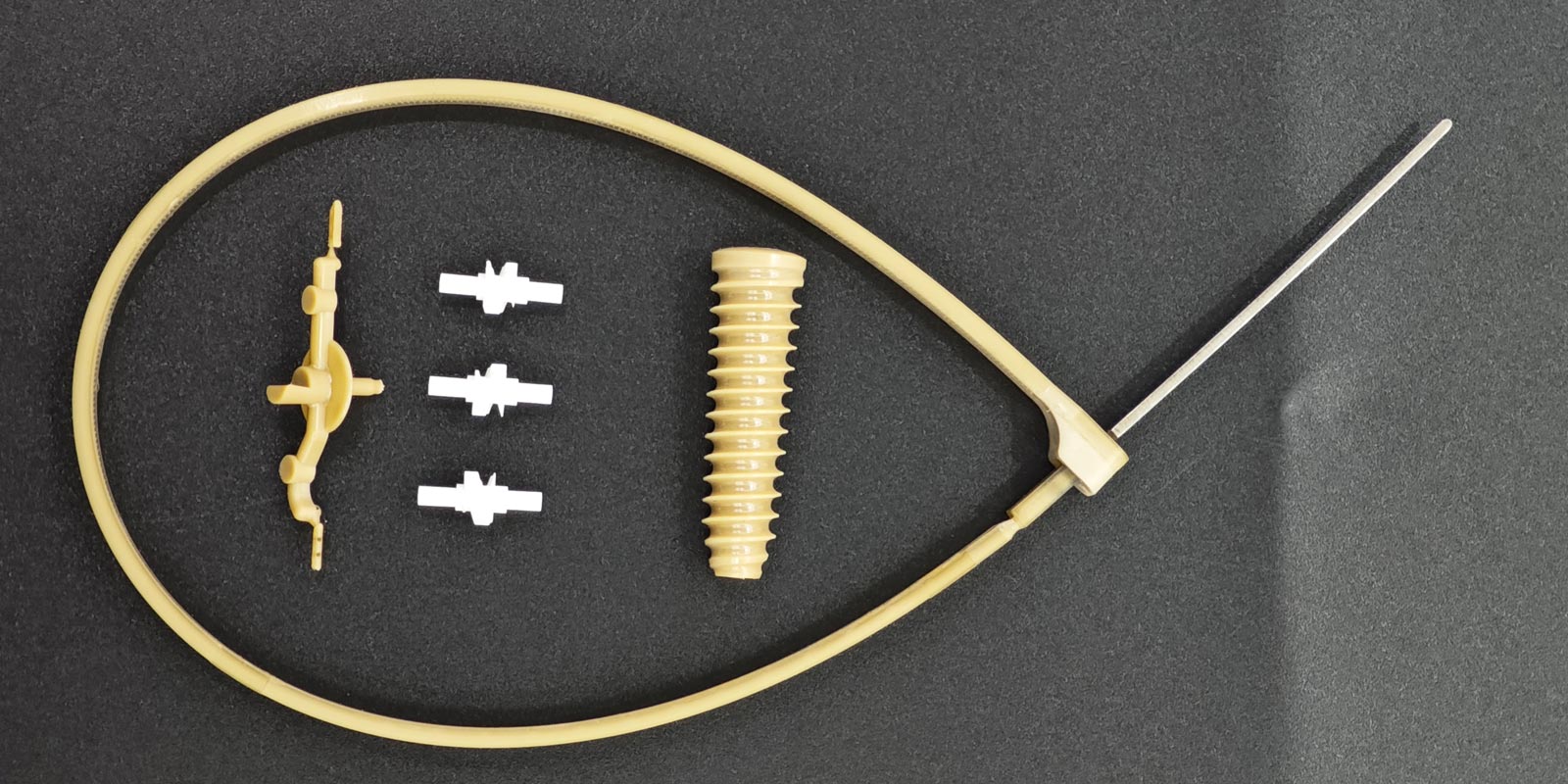
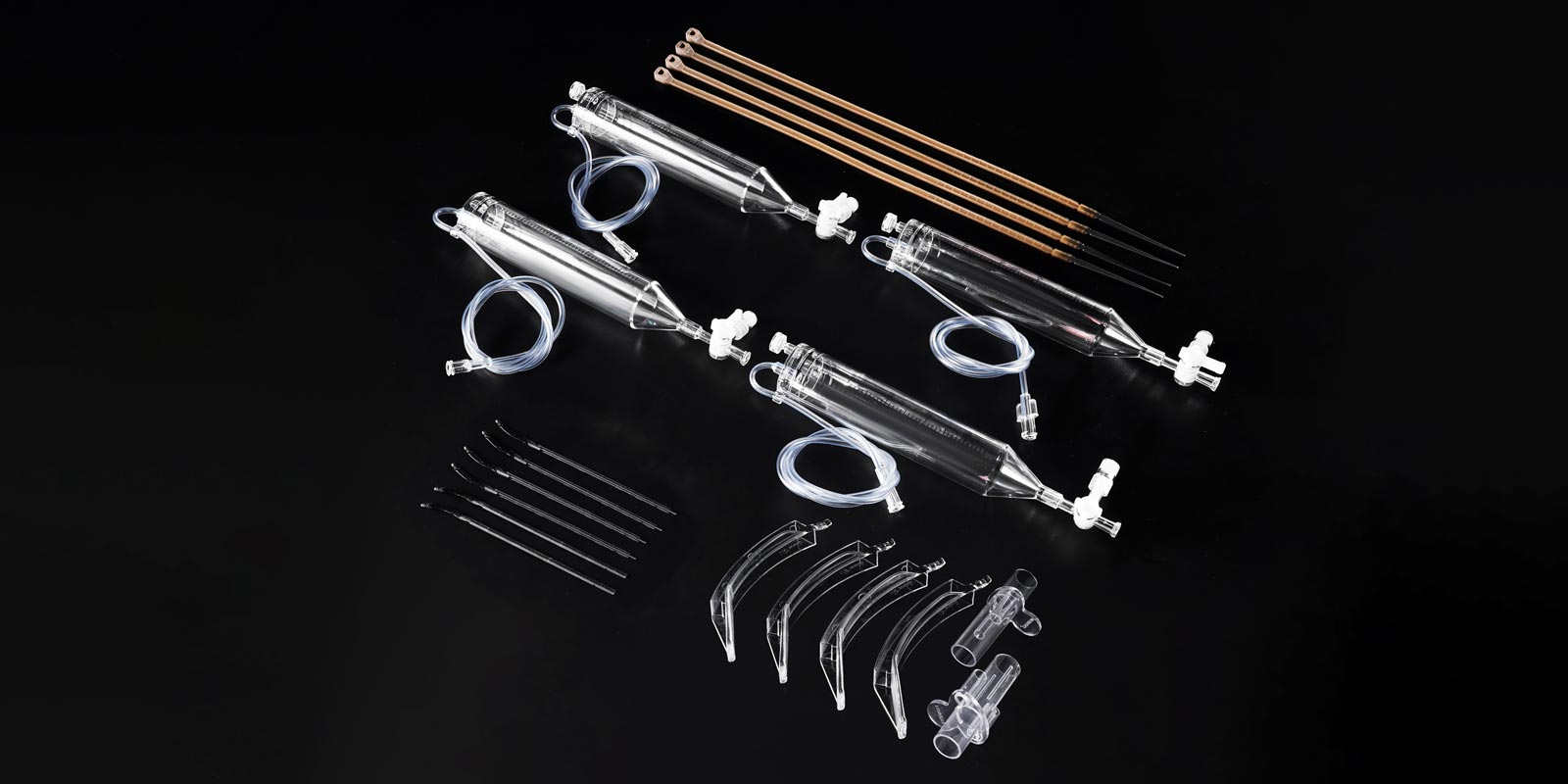

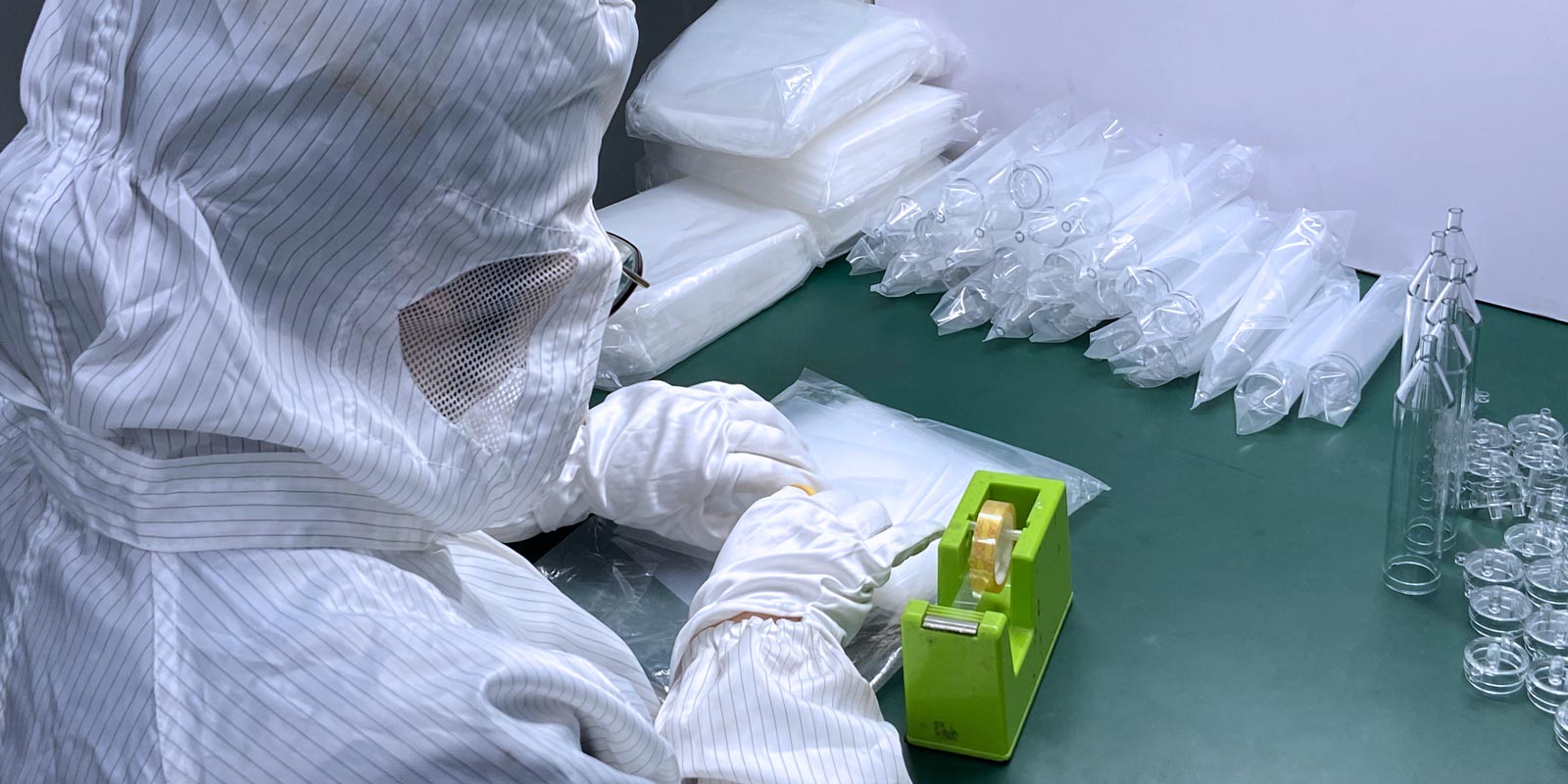

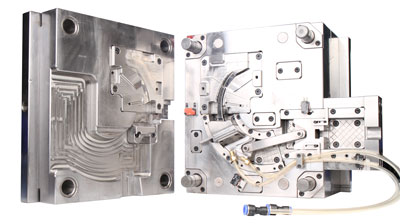
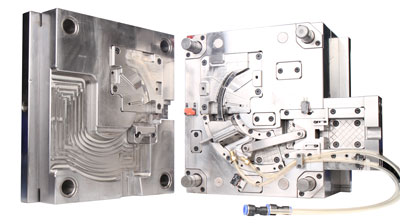
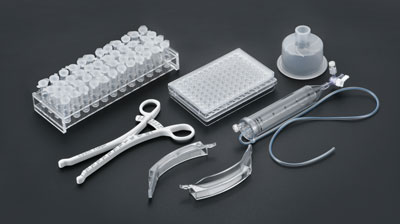
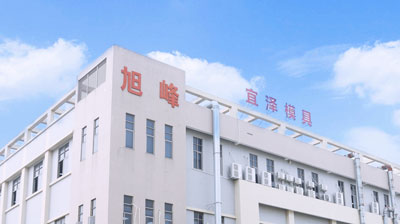







 Home
Home
